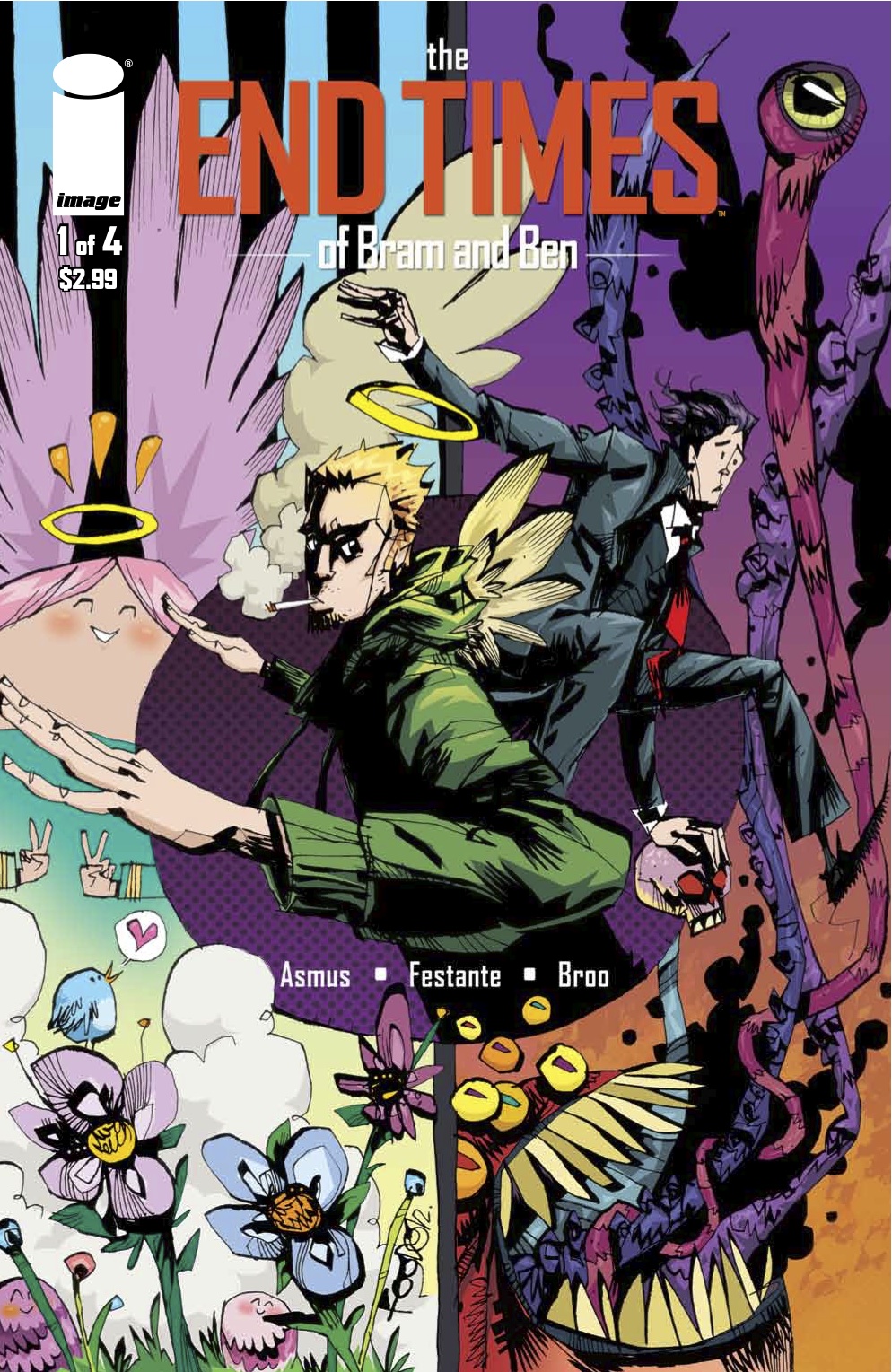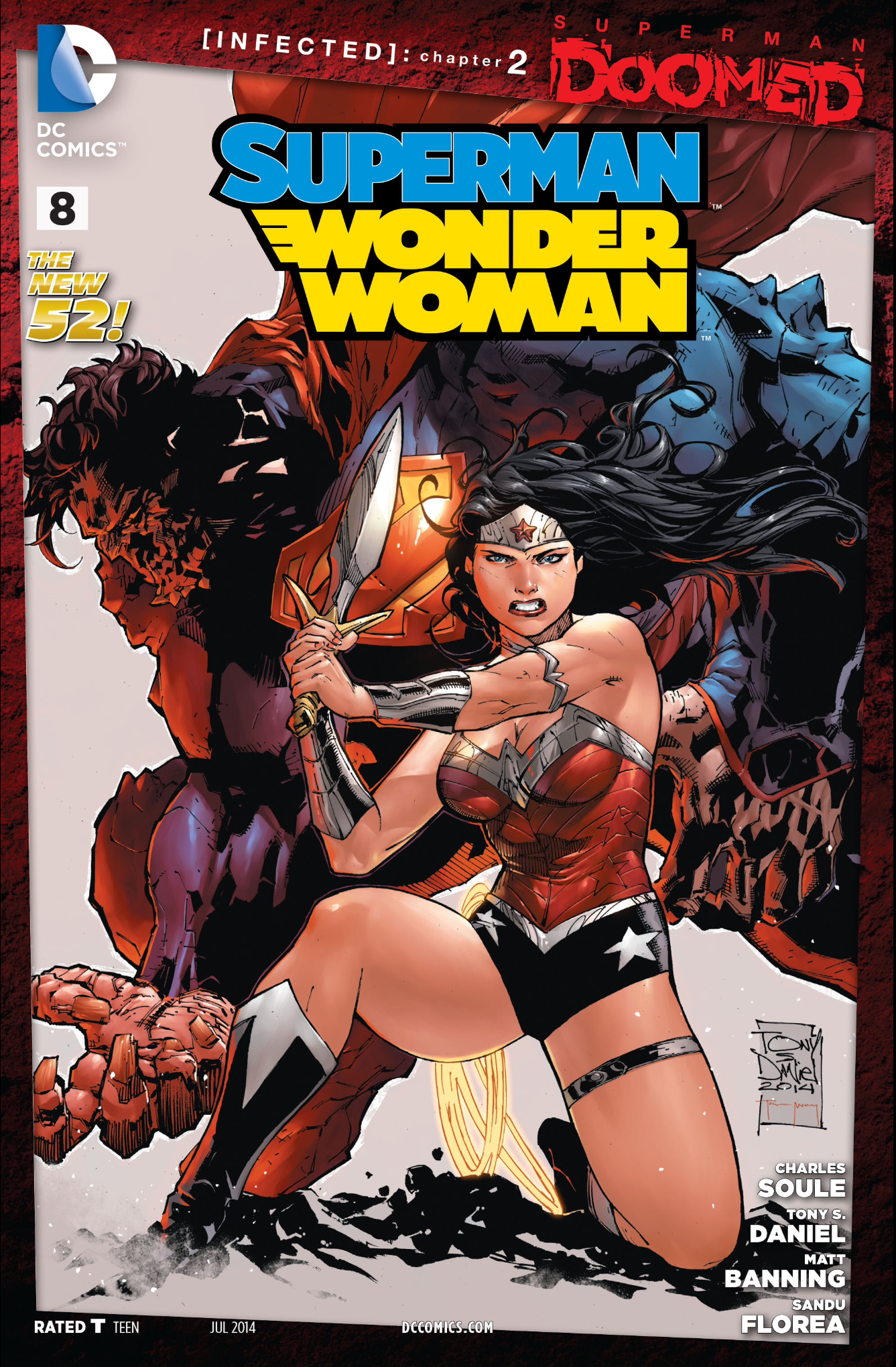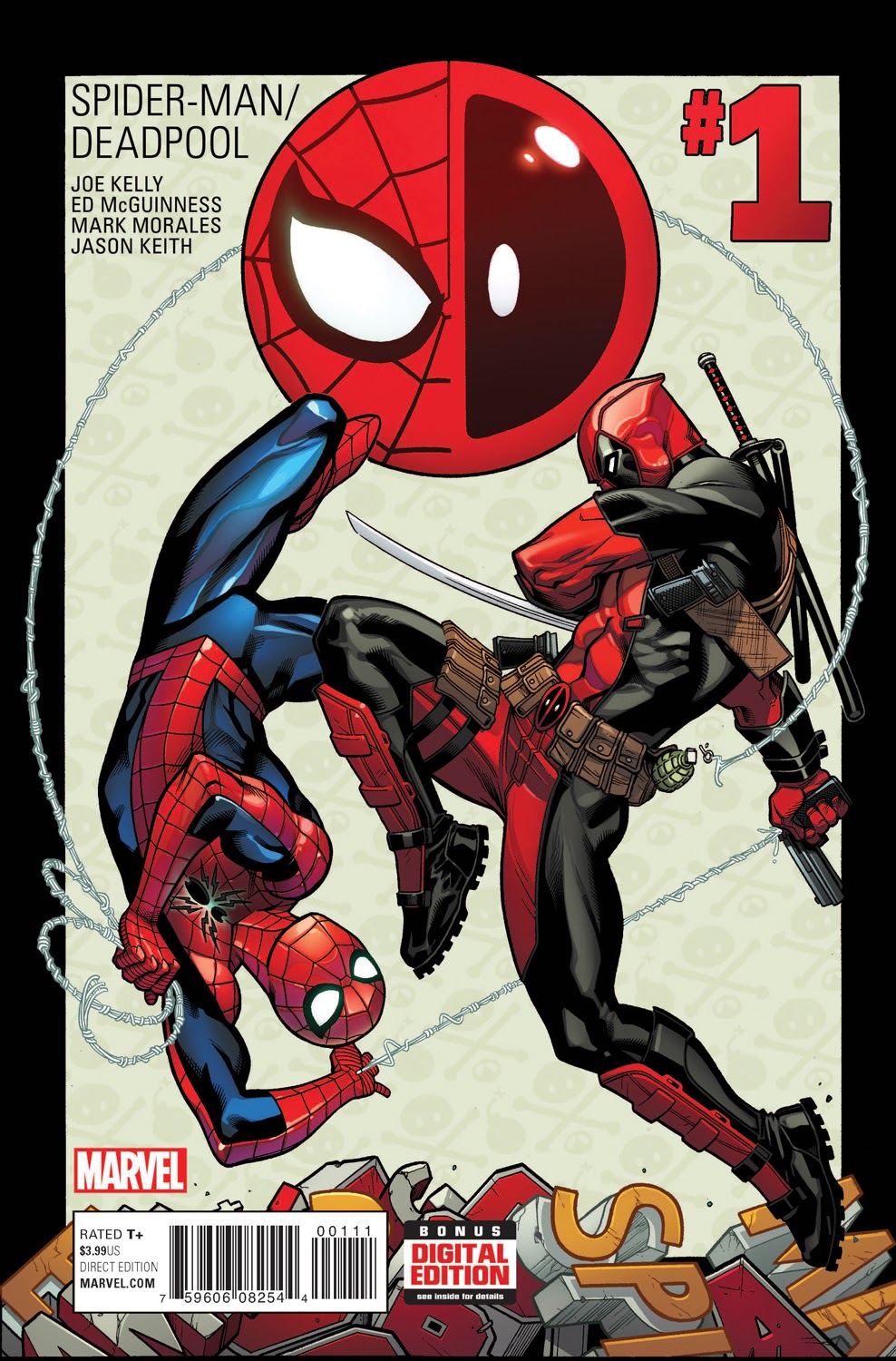Captain Marvel #17
Writer: Kelly Sue DeConnick
Artist: Filipe Andrade
Colorist: Jordie Bellaire
Review by Joey Braccino
I Am Captain Marvel.
It’s been a while since Kelly Sue DeConnick’s fan-favorite Captain Marvel series has hit the stands. If you count the Infinity intergalactic star-battle crossover issues, it’s been nearly 4 months since DeConnick has told her distinct, populist, on-the-ground Carol Danvers narrative. And now here we are with Captain Marvel #17, which is the final issue in this ground-breaking volume. Worry not! Captain Marvel will return this Spring as part of the second phase of Marvel NOW!, but it’s still a significant issue in what has arguably been mainstream comicdom’s most significant series over the last year.
DeConnick uses this over-sized finale to capture the very heart and soul of what Captain Marvel is all about. The story kicks off with CEO and Absolute Objectivist Gracie Valentine just as she finds out her pessimistic editorial in The Beat magazine is being bumped. Instead, the magazine is running a piece of Captain Marvel because, in the words of the Editor, “what New Yorkers need right now” is “HOPE.” What follows is a surprisingly quiet issue in which we see Kit, the adorable kid-next-door, as she tries to help an amnesiac Carol Danvers remember just what it means to be Captain Marvel. There is some quintessential smash-em-up action and high-flying, but the core of this issue is that heart-and-soul so eloquently voiced by the Editor-in-Chief at the start of this issue: HOPE.
Since the beginning of DeConnick’s run on Captain Marvel, Carol Danvers’ adventures have run the gamut from dinosaurs to time travel to aliens to intergalactic brawls. And yet, in true Marvel fashion, Captain Marvel has been more about Carol’s evolution into Earth’s Mightiest Avenger. Sure, this means she has to punch out scores of superpowered baddies, but it also means becoming the icon, the idol, and the symbol that the title suggests. In Captain Marvel #17, this evolution reaches its peak. When Gracie Valentine snaps and targets New York City, Carol—despite her amnesia, her pain, her past—becomes the symbol that the people of the city rally around for support and protection. Throughout the series, the notion of Captain Marvel becoming an inspiration figure has been teased through characters like Kit; in this issue, Captain Marvel—or rather, Carol Danvers becomes inspirational.
Is it a clichéd moment? In other writers’ hands, perhaps, but DeConnick’s sincerity and storytelling makes it a truly powerful and proper climax for the series. And instead of just saying Carol’s heroism moves others to action, DeConnick closes her issue with a certain teenage girl in Jersey City. Ms.
Filipe Andrade may be a divisive artist, but his whimsical naturalism is perfect for Captain Marvel. Dexter Soy’s heavy metal action kicked off this volume way back when, but Andrade’s dynamism and unique aesthetic makes Captain Marvel special.
Verdict
Buy it. Read it. Fall in love. Even if you haven’t been reading Captain Marvel, this final issue tells you exactly what you need to know about the character, the series, and just what it means to be a hero in the Marvel Universe. I cannot wait until the series is relaunched this Spring, and I’m absolutely thrilled that a new Ms. Marvel series is coming as well. Over the last 17 issues, Kelly Sue DeConnick’s Captain Marvel has consistently proven why it’s important to still believe in heroes.











